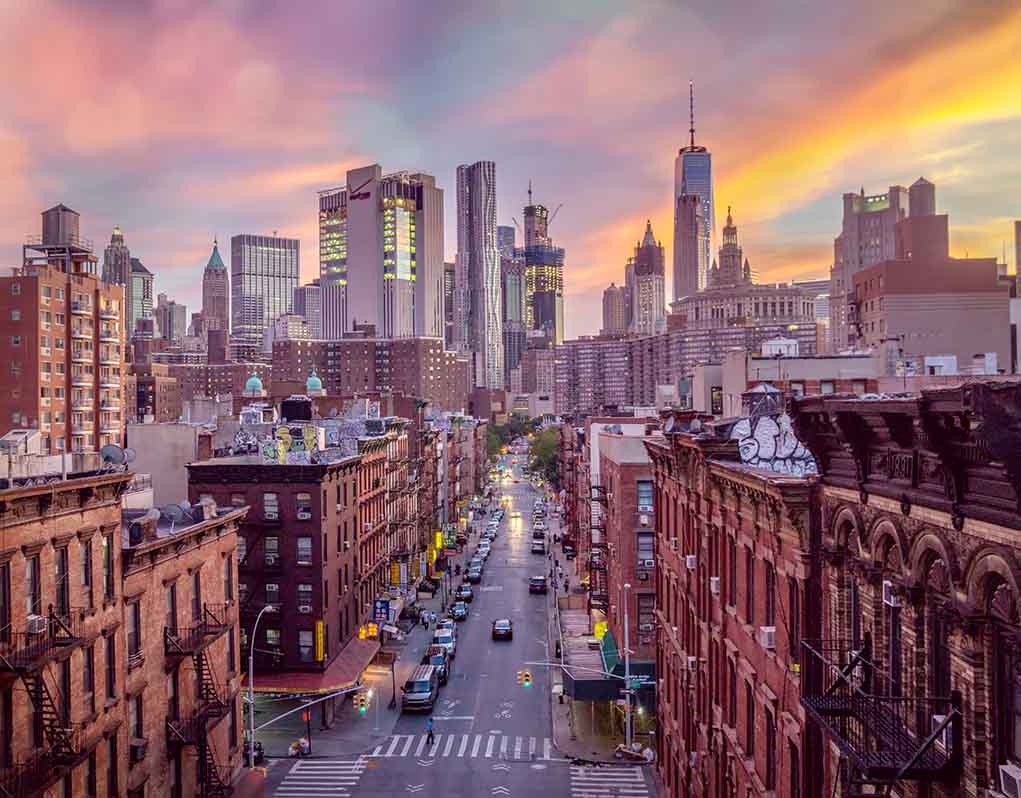
President Trump’s bold “Freedom Zone” plan for Gaza could revolutionize the Middle East as he proposes direct U.S. control to transform the devastated Palestinian territory into a thriving, peaceful region—a move already winning international attention despite mixed reactions from Palestinians and regional powers.
Key Takeaways
- President Trump has proposed taking over Gaza to transform it into a “Freedom Zone,” addressing the territory’s current state of extensive destruction where approximately 70% of infrastructure is damaged or collapsed.
- The plan involves U.S. management of reconstruction, providing safety for residents, neutralizing Hamas, and potentially developing the area into a prosperous region.
- Israeli Prime Minister Benjamin Netanyahu supports the vision, while neighboring Arab countries have rejected earlier proposals to relocate Palestinian refugees to their territories.
- Many Palestinians oppose any plan involving displacement from their homeland, comparing it to the 1948 “Nakba,” though some are considering relocation due to the ongoing conflict and devastation.
- The proposal represents a significant potential shift in U.S. foreign policy toward direct involvement in the Israeli-Palestinian conflict.
Trump’s Vision for Gaza Reconstruction
President Trump has unveiled an ambitious plan to redevelop Gaza under U.S. control, proposing to transform the war-torn region into a “Freedom Zone.” The initiative comes in response to the devastation following Israel’s military operations against Hamas after the October 2023 attack. During a business roundtable in Qatar, Trump highlighted the dire conditions in Gaza, describing it as essentially a demolition site with widespread destruction that makes ongoing habitation nearly impossible for the territory’s 2.3 million residents.
“I think I’d be proud to have the United States have it, take it, make it a freedom zone. Let some good things happen, put people in homes where they can be safe, and Hamas is going to have to be dealt with,” said Trump, emphasizing his commitment to bringing stability to the region.
The president’s plan represents a dramatic departure from traditional U.S. approaches to the Israeli-Palestinian conflict. Instead of merely facilitating negotiations or providing aid, Trump envisions direct American oversight of Gaza’s reconstruction and governance. This proposal aligns with his administration’s focus on innovative, business-oriented solutions to longstanding international challenges that previous administrations have failed to resolve.
International Reactions and Regional Implications
Israeli leadership has expressed support for Trump’s Gaza initiative. Prime Minister Benjamin Netanyahu has described the proposal as “a bold vision” and confirmed discussions with Trump about potential countries that might accept Palestinians who leave Gaza. Netanyahu’s backing comes as Israel continues its military operations against Hamas, with the stated goal of ensuring the territory no longer poses a security threat to Israeli citizens.
“I have aerial shots where, I mean, there’s practically no building standing,” said Trump, emphasizing the devastation. “It’s not like you’re trying to save something. There’s no building. People are living under the rubble of buildings that collapsed, which is not acceptable.” Trump emphasized the humanitarian crisis that demands immediate action.
However, neighboring Arab countries have consistently rejected earlier proposals to relocate Palestinian refugees to their territories. Jordan, Egypt, and other regional powers have made clear their position that Palestinians should remain in their homeland, with a political solution addressing their national aspirations. This opposition creates significant challenges for any plan involving mass relocation of Gaza’s population.
Palestinian Perspectives and Humanitarian Concerns
The Palestinian response to Trump’s proposal has been predominantly negative, particularly among political leadership. Hamas official Basem Naim acknowledged Trump’s influence but emphasized that “Gaza is not for sale” and remains an integral part of Palestinian land. Many Palestinians view any plan for relocation as reminiscent of the 1948 “Nakba” or catastrophe, when hundreds of thousands of Palestinians fled or were expelled from their homes during Israel’s establishment.
“I have concepts for Gaza that I think are very good. Make it a freedom zone, let the United States get involved,” said Trump, laying out his vision for transforming the devastated region into a thriving area.
Despite political opposition, the humanitarian crisis has created complex dynamics among Gaza’s civilian population. With approximately 70% of infrastructure damaged or destroyed and ongoing military operations, some Palestinians are reportedly open to relocation if it means escape from the daily dangers they face. The reality on the ground presents difficult choices between maintaining ties to ancestral homeland and seeking safety and stability elsewhere.
Economic Development and Security Considerations
Trump’s Freedom Zone concept includes not just reconstruction but potentially transformative economic development. Previously, he shared an AI-generated video depicting a luxurious, redeveloped “Trump Gaza” with tourism infrastructure and modern amenities. While the video was criticized by many Palestinians as disconnected from their desires and realities, it reflects the administration’s ambition to apply business-oriented solutions to political conflicts.
“They’ve never solved the Gaza problem and if you look at it, I have aerial shots, I mean there’s practically no building standing, there’s no building. People are living under the rubble of buildings that collapsed, which is not acceptable, it’s a tremendous death. And I want to see that be a freedom zone.” Trump highlighted the urgency of addressing Gaza’s devastation with a new approach.
Security remains a central concern in any Gaza plan. Trump has emphasized that “Hamas is going to have to be dealt with” as part of the Freedom Zone development. This aligns with Israel’s position that any future arrangement must prevent Hamas or similar groups from threatening Israeli territory. The U.S. involvement would presumably include security components to neutralize militant groups, dismantle weapons infrastructure, and establish conditions for peaceful development.












